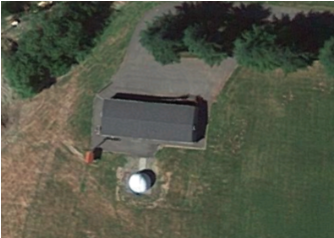The Onalaska Alliance has worked closely with the Onalaska School District to transform Carlisle Lake and the land surrounding it into a vital portion of the Onalaska Educational Park System. Some of these changes include, Fitness and Wellness Exercise Stations and Interpretive signs of the local flora.
The Onalaska Educational
Park System
The Onalaska Educational Park System is made up of land owned by the Onalaska Alliance and the Onalaska School District. It is roughly 100 acres in four seperate parcels, and also contains a Science Center, and the Herold Observatory.
Onalaska Educational Park System Financial Support
If you believe in the continued development and maintenance of this park system, please consider donating a financial gift. The Onalaska Alliance has set up an account whose sole purpose is to supply funds for the park system.
How to Donate
Contact: Johnny R. Garcia
E-mail: jgarcia@onysd.wednet.edu
Phone: 360-978-4111

Carlisle Lake and the Surrounding Forest Land

Ghreer Creek Wetlands North of Carlisle Lake
The Ghreer Creek wetland is full of invasive species but still has many native species. Our long-term goal is to remove the invasive species and build an interpretive boardwalk the would ultimately connect Carlisle Lake and the Science Cente

The Onalaska Science Center and Herold Observatory
The Onalaska Science Center is a place where interactive science stations are on display for all the students and the community. The Science Center is a work in progress and each science station is being designed and constructed by Onalaska High School STEM (Science, Technology, Engineering and Math) students.
The Herold Observatory is the largest public telescope in Western Washington. Its 24" objective (mirror) and its custom design, supplies the Onalaska Educational Park System a unique educational tool. The telescope was designed and built by local experts including Ed Herold, Mike Turner, and Dennis Reich.

Carlisle Park
Onalaska has a very diverse park system. Carlisle Park is a 10-acre stand of trees with a majority being over 150 years old. This is a rarity and an educational treasure. Over time our goal is to take advantage of this unique setting to help students better understand Washington's historical ecological environment.
